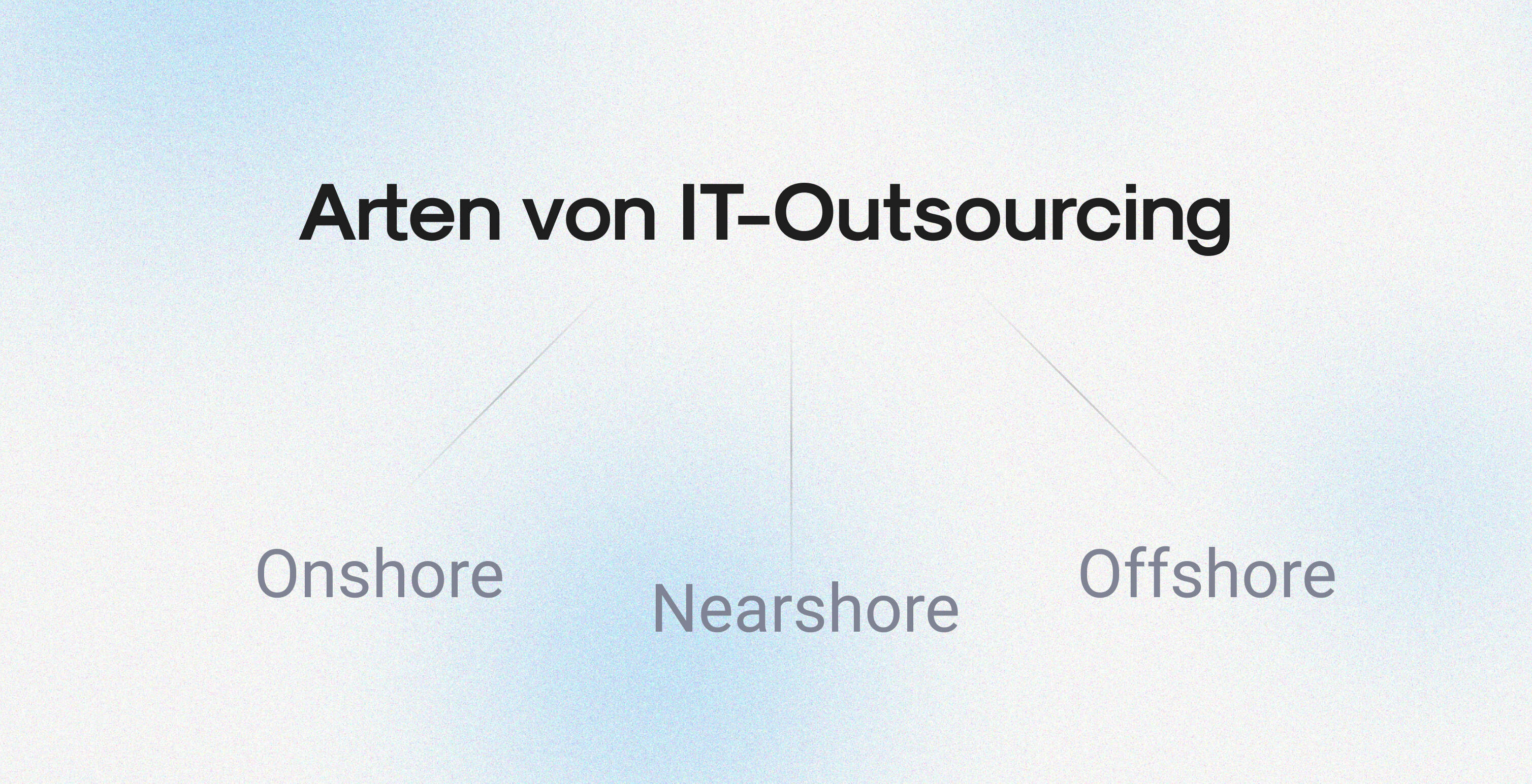Digital identity verification
Germany is lagging behind in the use of digital identities, even though they are crucial for digitalization and cost savings. The new ID card (nPA) with eID has been available since 2010, but only ten percent of the population use it, while in Denmark 90 percent and in Estonia all citizens use digital identities. There are three common procedures for secure online identification: POS-Ident, Video-Ident and eID. The EU is aiming for 80 percent of citizens to use an electronic identification solution by 2030.
You need to know this:
- Germany makes little use of digital identities, which is holding back digitalization.
- The new ID card (nPA) with eID is only used by 10% of the population.
Denmark and Estonia are pioneers in the use of digital identities.
There are three common procedures for secure online identification: POS-Ident, Video-Ident and eID.
By 2030, 80% of EU citizens are expected to use an electronic identification solution.
Why digital identity verification is important
Digital identity verification is crucial to prevent crime such as identity theft. Regulations such as the Anti-Money Laundering Directive (AML5) and the eIDAS Regulation ensure that electronic identification and trust services are carried out at a high level of security. This is an important step towards making the digital space more secure and building trust with users.
Procedures for digital identity verification
POS-Ident
POS-Ident is a procedure in which identity verification takes place in a branch or at a point of sale (POS). The customer presents their ID documents, which are then checked by an employee. This procedure is secure, but requires the physical presence of the customer.
Video-Ident
Video-Ident enables identity verification via video. The customer shows their ID documents to a trained person via a video link. This is convenient and saves time as no physical presence is required. Video-Ident is particularly useful for the digitalization of business processes and can help to reduce costs.
eID
The eID function of the new ID card offers a secure method of electronic identification. With the eID, citizens can identify themselves online and use various services. Despite the advantages, only ten percent of Germans use this option. In countries such as Denmark and Estonia, however, the use of digital identities is widespread.
Legal basis and security
Processes such as AutoIdent and VideoIdent enable identity verification via video, while the e-signature is a legally secure method of electronic authentication and contract signing. Companies can easily and securely identify customers via online banking and enable paperless contract conclusions. This increases efficiency, reduces costs and environmental impact and improves customer satisfaction through ease of use and security.
The future of digital identity verification
The EU is aiming for 80 percent of citizens to use an electronic identification solution by 2030. Achieving this goal will require investment in education and infrastructure. Trends in software development and modern programming languages play a crucial role in making these systems secure and user-friendly. Companies and governments must work together to promote the acceptance and use of digital identities and thus drive digitalization forward.
Photo source: pexels.com



